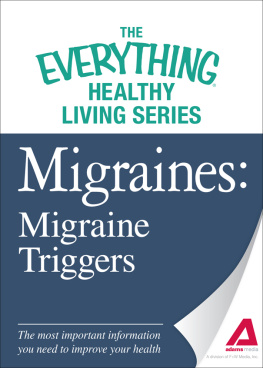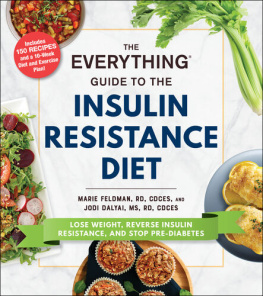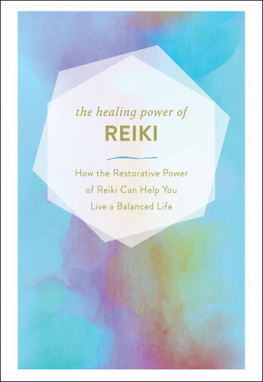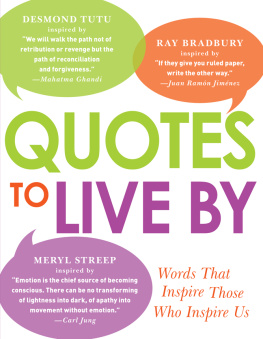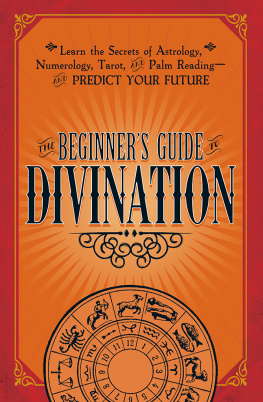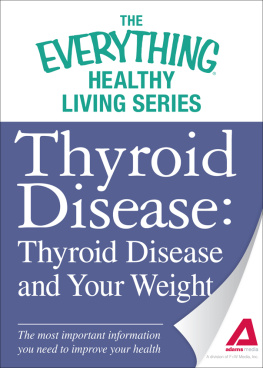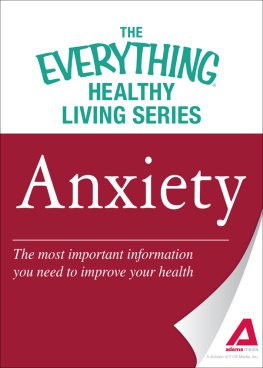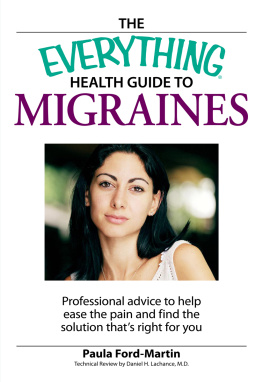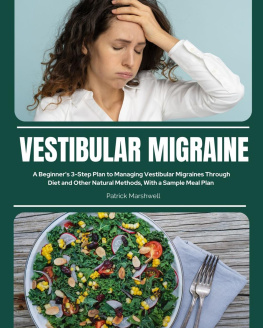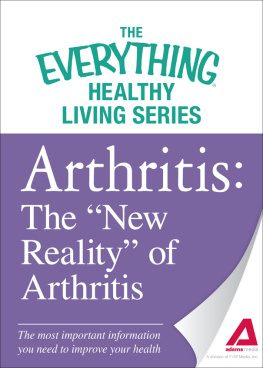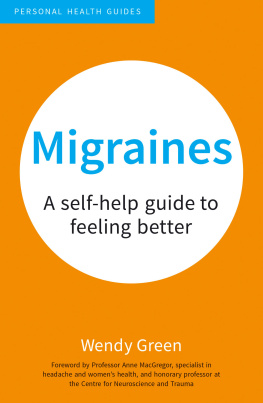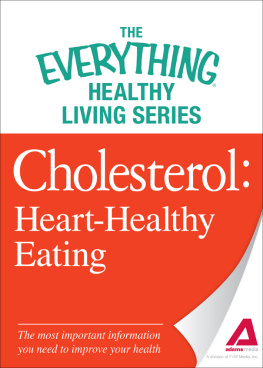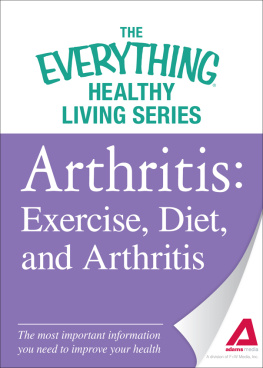Adams Media, an imprint of Simon & Schuster, Inc.
For more than 10 years, millions of readers have trusted the bestselling Everything series for expert advice and important information on health topics ranging from pregnancy and postpartum care to heart health, anxiety, and diabetes. Packed with the most recent, up-to-date data, Everything health guides help you get the right diagnosis, choose the best doctor, and find the treatment options that work for you.
The Everything Healthy Living Series books are concise guides, focusing on only the essential information you need. Whether youre looking for an overview of traditional and alternative migraine treatments, advice on starting a heart-healthy lifestyle, or suggestions for finding the right medical team, theres an Everything Healthy Living book for you.
Migraines
Whether youve been diagnosed with chronic migraines, think you may have the condition, or care about someone who does, youll find the Everything Healthy Living series to be an important guide to improving physical and emotional well-being. The impact of migraine goes well beyond the attack period; it can have far-reaching repercussions at work and home, and it can affect every facet of your life, from the food you eat to the social activities you choose to participate in.
Migraine is a painful and debilitating neurological condition that costs Americans billions of dollars in health care spending, lost workplace productivity, and reduced quality of life. More than just a headache, a migraine attack is a severe episode of prolonged head pain that is frequently accompanied by nausea, vomiting, visual disturbances, sensitivity to light and sound, sensory changes, and mental confusion. And migraine doesnt begin, or end, with head pain. A migraine attack is often preceded and/or followed by a constellation of symptoms, and the entire episode may span a period of several debilitating days. This can result in significant disability for anyone experiencing frequent migraine episodes.
Migraineurs those people living with chronic migraines come in all shapes and sizes. While women are three times as likely to experience migraine as men, the condition can strike men and women, young and old. Its estimated that 28 million Americans have experienced a migraine headache. And more than half remain undiagnosed either due to a misdiagnosis or a reluctance to seek help. Getting a proper diagnosis may well be the most challenging step of migraine care.
There is a wide spectrum of effective treatments available for migraine, from acute analgesics that treat an attack already in progress to prophylactic medications that prevent migraines from occurring in the first place. Some complementary therapies, including acupuncture and certain vitamins and herbal supplements, have also shown promise, as have biofeedback and progressive relaxation. And there are exciting and promising new therapies on the research horizon.
Knowledge is your most important tool in managing this condition. Documenting your migraines with a headache diary, identifying potential triggers that may be causing your attacks, staying abreast of new treatment and research developments, understanding your treatment regimen, and being a smart health care consumer all contribute to successful outcomes for the migraineur. Knowing how to find an experienced health care provider who will be a partner in your care is also key.
Living with a chronic condition can be emotionally difficult for both you and your friends and family. Migraineurs may experience depression or anxiety as a result of their condition, and healthy coping may become a challenge. This is why its important to have a support network; again, knowledge makes things just a little easier. Share this book with those people that you care for so they can understand both the health and lifestyle implications of migraine and get tips on how they can help you survive, and even thrive, with chronic migraine.
If youd like to learn more about migraines, check out The Everything Health Guide to Migraines , available in print (978-1-59869-411-6) and eBook (978-1-4405-2421-9) formats.
Headache Diaries
When you have a primary headache disorder like migraine, its very important to track the frequency, length, and characteristics of your headache episodes. Having this information at the time of your initial evaluation will help your health care provider identify specific patterns in your headache progression and be better able to properly diagnose and treat you. A headache diary can also help you and your doctor determine if medications or other treatments are working well for you during your ongoing headache management.
Why Keep a Headache Diary?
A headache diary is an important tool to help you and your doctor figure out what kind of headaches you have and how to avoid the things that cause them. If youve already been diagnosed with migraine and youve started a treatment plan, the diary is also invaluable in evaluating the effectiveness of medication and lifestyle changes. If your headaches hit without warning, you should carry the diary with you at all times. It may take some effort and organization for you to keep on top of your headache diary, but there are strategies you can use to make tracking your headaches easier.
Keeping a headache diary can be as simple as taking notes on a calendar or as complex as entering data into a spreadsheet or computer program. If you carry a date book or organizer with you already, you might use it to track your headache information. Whatever method you choose, make sure its easy for you so youre more likely to do it. If youre going in for an initial evaluation of your head pain, its recommended that you keep your headache diary for as long as possible prior to your appointment. But any amount of information will be helpful to your doctor, so dont put off starting your diary if you have less than six weeks until your appointment.
Fact
Studies have shown that using a headache diary for at least three months is highly effective in diagnosing menstrual migraine. Menstrual migraine or migraine associated with the hormonal fluctuations of the menstrual cycle affects an estimated 12.6 million American women.
Some people are put off by the idea of a headache diary because they dont like the thought of taking notes in the midst of a brain-splitting headache. Or they may worry that the visual disturbances and confusion that accompany their headaches will make keeping a clear and accurate record difficult. The best strategy for success is to log headaches in your diary as soon as your head pain resolves or subsides to what you feel is a manageable level. If lingering mental fogginess is making it difficult to put your thoughts on paper, keep a small audio recorder on hand and take spoken notes you can transfer them to your diary later. Remember not to wait too long to document your headache to avoid forgetting any important details.
Alert
Dont use your diary to attempt to self-diagnose your headaches. Sometimes a severe vascular headache that seems like a migraine can be a sign of a medical emergency. Always seek the help of a qualified medical professional who specializes in headache disorders to properly diagnose and treat your head pain.

